For the third consecutive summer, my mind has been on the subject of stone – dry stone.
Early this spring I was invited to participate in another Stone Festival; this time being hosted by the Saugeen First Nation #29 located near Southampton, Ontario.
For the past two years, the SFN has had a crew of apprentice dry stone wallers working under the guidance of master waller Dean McLellan, working to rebuild a massive stone amphitheatre that had fallen into disrepair. The amphitheatre originally took ten years to build, and contains a whopping 900,000 tons of stone!
This stone festival was to help draw attention to their project, and the amazing work being done by this small crew of First Nations craftsmen. Part of the festival involved the (partial) building of a large stone roundhouse. As with Willowbanks forge studio, the roundhouse wasn’t completed during this single weekend – I believe they intend on finishing it at a subsequent event (next summer, perhaps?). It is my understanding that the roundhouse is based on archeological evidence of similar iron age examples. A very, very cool project that I’m looking forward to seeing completed.
Just like the previous stone festivals I’ve attended at Willowbank, the same cast of characters were in attendance – which happens to be some of the most talented wallers there are from Canada, the USA and from as far afield as the UK!
In addition to the building of the roundhouse, there were workshops being held to teach dry stone walling to both members of the Saugeen community, and the general public. There was also an introductory stone carving course being taught by world-class stone carver Nicholas Fairplay.
And of course there was also me, blacksmithing …. a bit anticlimactic I know. I find it wonderful that I keep being invited to these stone-related events. The working relationship between blacksmiths and stone masons is one of the oldest amongst all of the various trades. In medieval times, if the blacksmith was absent from the worksite of even the biggest stone projects, all work wold stop after 2-3 days as the masons’ tools became dull and unusable. Of course, in the modern age with advanced tool steels and carbide, they don’t really need us as much. But it’s nice to rekindle that ages old relationship, and to sit and admire each others work.
Outside of my days spent demonstrating at the event, most of the rest of my time was spent talking to the masons and wallers about tools; as I’ve been doing for 3 years now. And one thing has become painfully obvious – nobody is making the tools they actually want. Some of these folks have told me that many times over the years, they have contacted their various tool suppliers, making suggestions and asking for changes to the existing product line. Nobody seems interested in listening…. Well, I’m listening. I think the time has come to give this a proper go.
Anyways, more on that soon enough. I want to say a huge “Thank You” to the Saugeen First Nation for inviting me to your (first annual?) Stone Festival. I hope to be back to see that building finished!
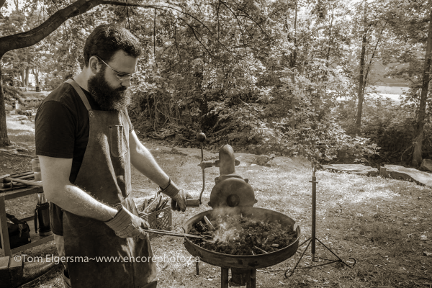
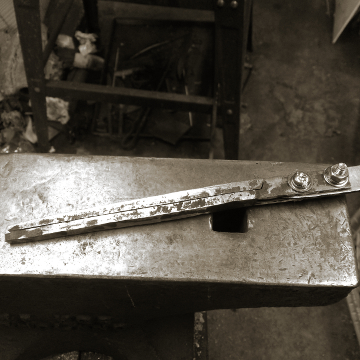
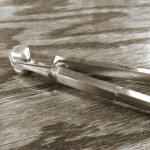
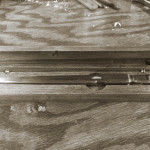
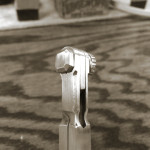
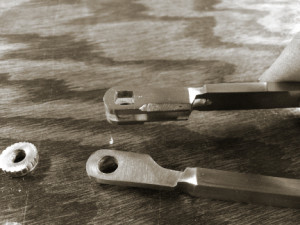
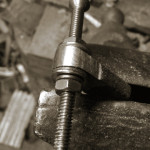
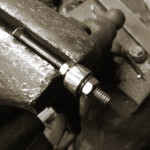
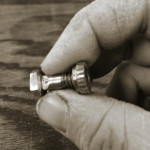
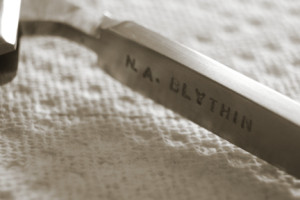
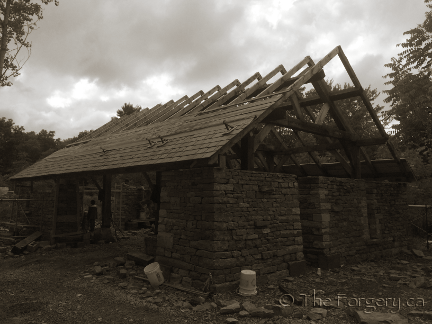
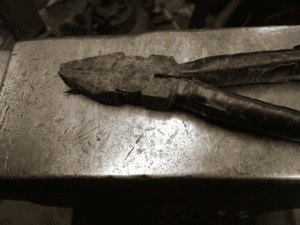
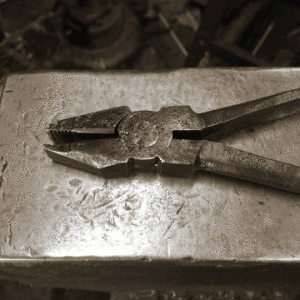
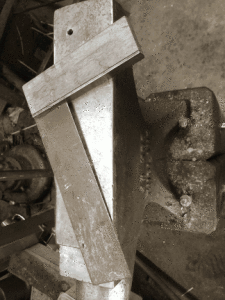
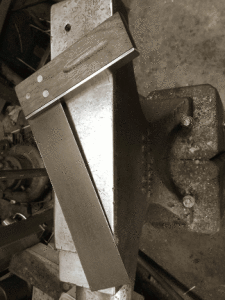
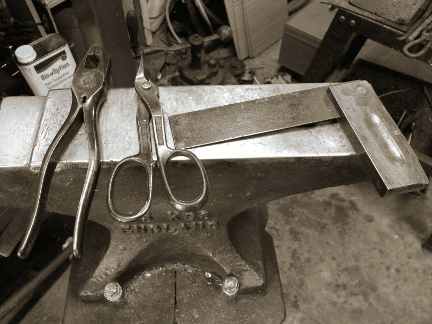
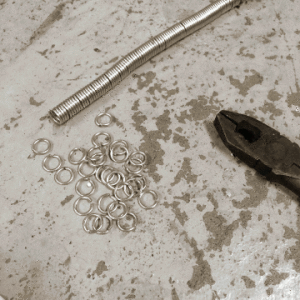
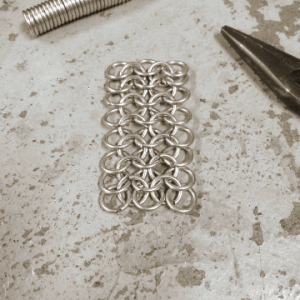
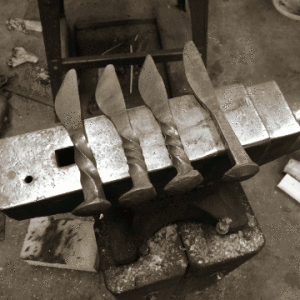
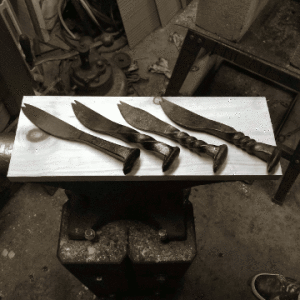
You must be logged in to post a comment.